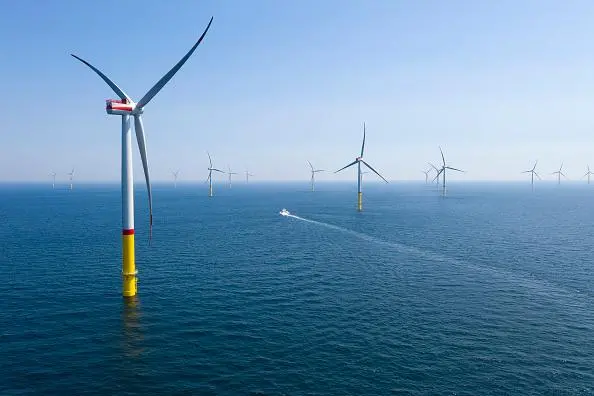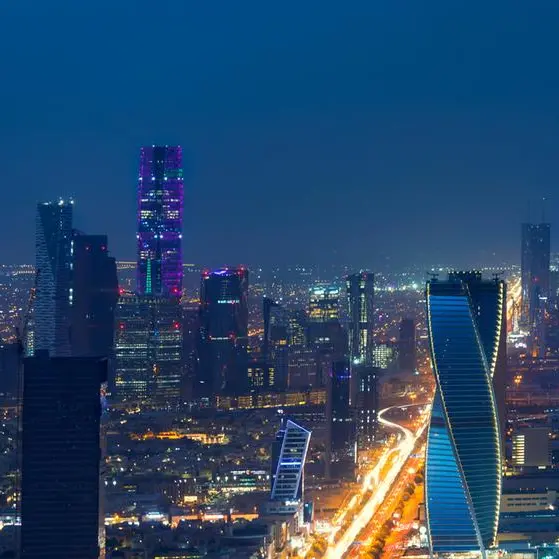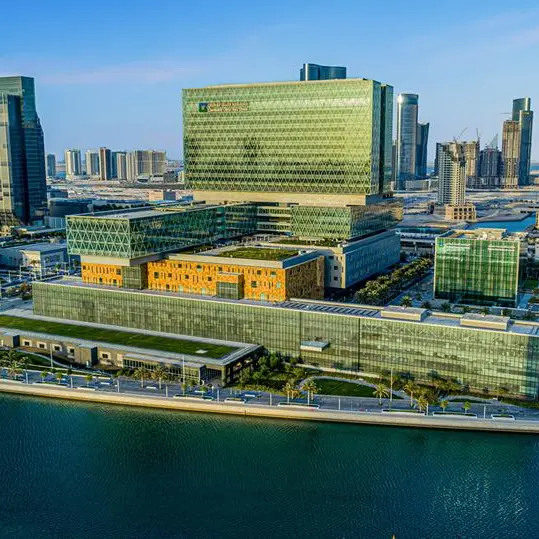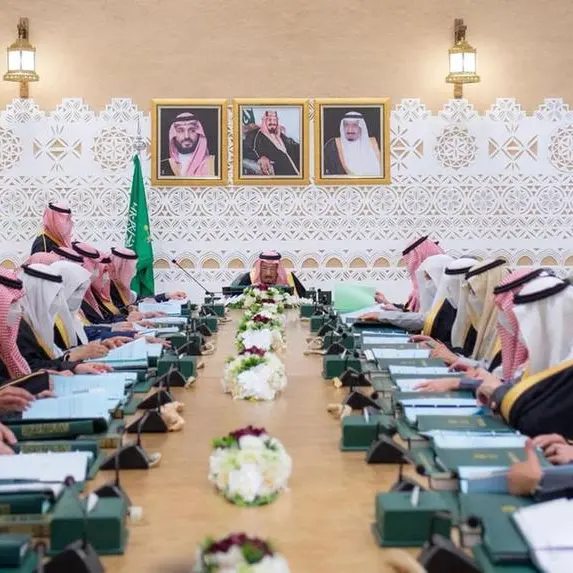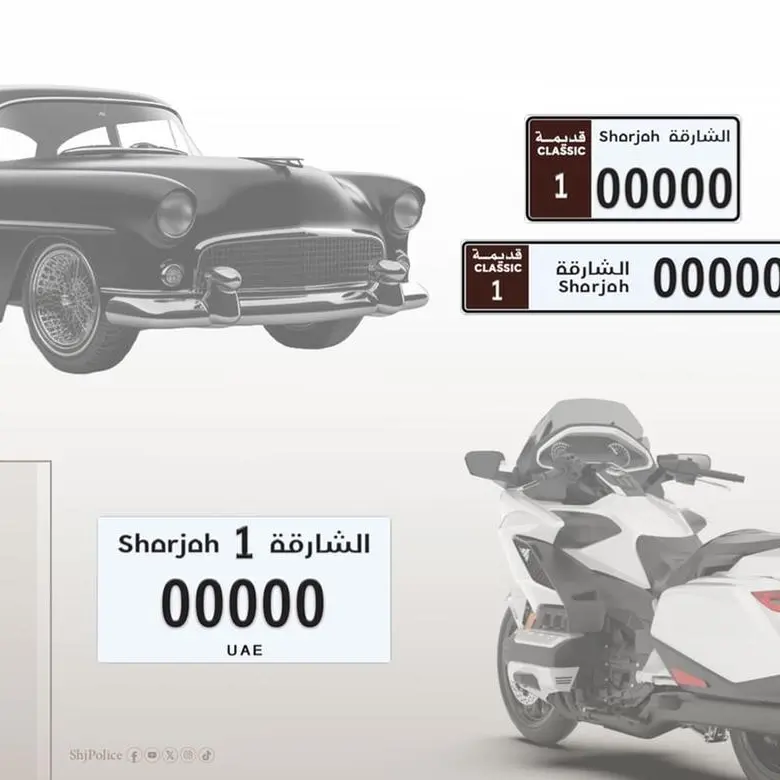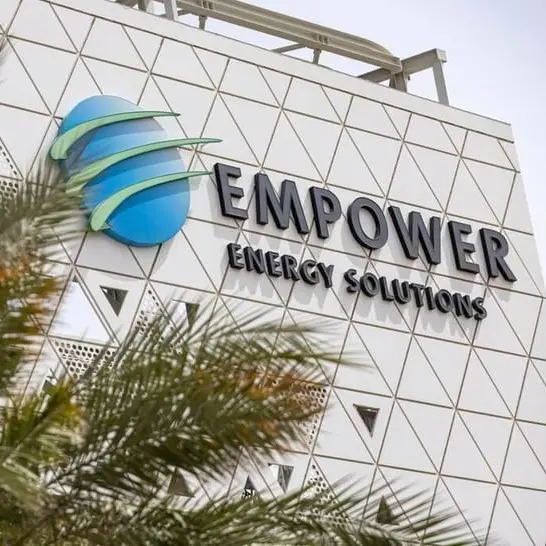PHOTO
Muscat – Oman is ranked third in the Middle East and North Africa in renewable energy transition, 15th among emerging economies, and 38th globally, according to the 2021 Climatescope assessment report published by Bloomberg.
Climatescope is a market assessment and an index that evaluates the conditions for energy transition investment globally and the ability to attract capital for low-carbon technologies while building a greener economy. It also provides a snapshot of where clean energy policies and financing stand today and a guide to what can happen in the future.
This year, the assessment gathered detailed information on 136 markets globally – 107 emerging markets and 29 developed nations.
In MENA, the top five countries include Nigeria, South Africa, Oman, Namibia and Jordan. UAE is sixth, while Saudi Arabia is 16th, Qatar 36th and Kuwait 47th. Bahrain was not assessed.
Oman’s remarkable ranking is a result of its adoption of an ambitious strategy to diversify its energy sources by expanding renewable energy projects in a way that benefits the environment and reduces carbon emissions.
The sultanate has set a policy for the transition to alternative energy – as part of Oman Vision 2040 – to reach an average of 39 per cent of the total energy supplied by 2040. This vision has been translated into regulatory framework through efforts made by the Authority for Public Services Regulation to enable optimal utilisation of energy sources and development of renewable energy projects to support economic diversification plans and promote sustainable energy.
Oman launched the first electricity spot market in the Middle East in January this year in a move aimed at liberalising the electricity market and attracting more investments in renewable energy.
The launch of the Ibri Solar Power Project – the largest renewable energy project in the Oman – is a translation of the country’s energy diversification strategy.
The plant in Ibri, with production capacity of 500MW, spread on an area of 13mn sqm, was built at a total cost of RO155mn.
Oman is also adopting a clear policy to introduce wind energy as a source of alternative energy. The Dhofar Wind Power Plant in the wilayat of Shalim and Hallaniyat Islands is the largest wind power plant in the region with a production capacity of 50MW, spread on an area of 1,900 hectares built at a cost of RO38mn.
© Apex Press and Publishing Provided by SyndiGate Media Inc. (Syndigate.info).
